Ancient Agratekti People, The (/ˌa.gra.'tɛʔ.ti/, //ˌa.gra.'tɛk.ti/,)
(Author's note: For the sake of clarity, it is highly recommended to first read the primer on culture and ethnicity in Tahuum Itaqiin.)
Origins: Whose predecessors?
The Agratekti cultural complex was the most advanced one in Northwest Tahuum Itaqiin for at least the first two millennia of written history. This fact, along with the mixed admiration and fear of the Agratekti people exhibited by their neighbors, has driven contentious efforts to identify them with one Revival Era group or another. The Haifah Herders—the second of two Haifatnehti ancestral groups—appear to have come from the Isthmus of Agratekt, yet if this was indeed the case, they did not bring the organized religions of Agratekt with them as they migrated to the Haifatneh Basin. If anything, the Haifah Herders and their direct descendants would prove distrustful of spellcraft, whether through the divine intercession of priests or other means. Their own tradition of spellcraft is limited to a vaguely animistic shamanism, and their shamans are marginalized pariahs living in remote places far from villages and settlements. One possible point of commonality is that a substantial portion of the Haifatmizti languages’ vocabulary of religion, spellcraft, and governance exhibits borrowings from those Agratekti words which have been successfully deciphered. Yet given the inter-group mixing among the Haifah tribes and the historical records lost during the warfare of the Internecine Period, it is difficult to establish whether these Agratmizti loanwords were first borrowed by the Haifah Herders or by the Sea People who had settled the Haifatneh region before them. If at least some of these words were borrowed by the Haifah Herders directly from Agratmizti, then it is plausible that the Haifah Herders back in Agratekt were either a people conquered and displaced by Agratekti armies or else a heavily marginalized social caste or ethnic group that fled the Isthmus in search of a better life. Another theory, not mutually exclusive with the above, is that the Agratekti people are most closely related to the nomadic groups of Far Takhet. This explanation would be plausible given the comparable climates and ecosystems of Far Takhet and the Isthmus; camels have thrived in both places, and any viable agriculture in either region is heavily reliant on irrigation channels and other human interventions. That said, Agratekti art which has been recovered up to this point portrays the Agratekti people as having olive-toned skin resembling that of the Haifah people rather than the brown-red sepia tones typical of ancient Takhet. Further, the Agratekti people had already taken to wheat- and chaadan [chickpea]-based agriculture and the wearing of linen clothes by the time they began producing written records, both lifeways quite divergent from those of the wool- and hide-wearing pastoral nomads of Far Takhet. Religion is another area of ambiguity: Although the Takheti tribes historically practiced a genuinely polytheistic religion—as opposed to the various animistic, quasi-mystical, and ancestor-venerating customs of the disparate Haifah tribes—the Agratekti pantheonic complex is organized into priesthoods, whereas Takheti polytheism is largely an individual or family-level practice and not a major part of their lives. Meanwhile, modern tribes throughout Takhet are decidedly wary of spellcraft, even more so than rural Haifah communities are. Scholars dispute whether these discrepancies suggest different origins for the peoples of Far Takhet and the Isthmus of Agratekt or a divergence of physiological and cultural features that can be explained through the groups’ different environments and circumstances. The question of the Agratekti people’s origins has become more contentious as it has caught the attention of the growing intelligentsia of Andaen and other Haifatnehti city-states. Over the course of the Internecine Period, the pre-Haifah tribes endured severe cultural and religious persecution—albeit not to the extent that the Agratekti people did. The forced migrations and the resettlements of reconquered lands toward the end of this period further uprooted the once rich and diverse traditions of the pre-Haifah tribes. Nor could much time and energy be spent on the salvaging of this heritage during the early years of the Grim Era, when the leaders of post-Internecine Haifatnehti states were concerned mainly with resources, borders, and their continued survival. Thus, the intellectual revival from the late Grim Era-onward, spearheaded by institutions in the Free City of Andaen, has spurred a scholarly mission to rediscover lost heritage of the Haifah people. It is in this context that scholars now feverishly pen theses and organize debates in support of one theory or another, though it is not certain that the peoples of Agratekt felt particularly strong ties to one group or another. Given that the assaults on Agratekti culture in the early Internecine Period amount to at least a purge and arguably a genocide, questions about the Agratekti people’s historical and regional ties are likely to remain unsettled.Agratekti History and Legacy
Full article: An Overview of Agratekti History [WIP]. Being one of Northwest Tahuum Itaqiin’s first cradles of civilization (the other being a relatively isolated civilization in a lengthy river valley of Takhet Alay), the Isthmus of Agratekt produced thriving agrarian polities whose innovations would steer the development of the early polities in the Haifatneh Basin as well as the regions now known as Far Takhet and Near Takhet. Not only did Agratekti wheat, chaana [chickpeas] and linens help lay the foundation for agrarian settlements abroad, but early states in the regions neighboring Agratekt loosely followed the Agratekti model of social organization. By the middle of the Ancient Era, all of these regions were dotted with petty monarchies in a similar fashion to the growing Agratekti states, though their counterparts in the Haifatneh Basin and Takhet developed less rigid social class systems than the Agratekti castes and did not wholly embrace the Agratekti pantheonic (or monolatric) belief system. By the peak of the First Agratekti Golden Age (roughly 1660 HE), outsiders to Agratekt had thoroughly appropriated or adapted Agratmizti vocabularies of governance, religion, the arts, and spellcraft. An elaborate vase depicts a busy harvest season. It remains unclear whether the undressed state of the agricultural laborers in the scene reflects real circumstances or the artist’s intention to liken these laborers to livestock. The prestige of the Agratekti polities abroad waned somewhat at the beginning of the third millennium HE, though the golden days of Agratekt were remembered with awe and admiration throughout the Northwest. Beginning with the Regicide of Baitha (1874 HE) and the power vacuum that followed, Agratekti cities increasingly found themselves the targets of raids and foreign domination rather than the sites of trans-regional trade. Since the production of bronze in Agratekt depended heavily on said trade, and copper armaments made poor alternatives to bronze, the invocations and interventions of Agratekti priests took an outsized role in the defense of their lands. With this, innovations in Agratekti spellcraft became more martial in focus and increasingly feared by outsiders, thus furthering Agratekt’s political isolation. A bronze figure of a hand, inscribed with the words for an incantation in the Late Agratekti Script. As bronze became a rarity in Agratekt and its polities increasingly relied upon spellcraft by divine supplication to secure their power, the religious and mystical rites of Agratekt became feared and reviled by outsiders. Various Agratekti polities’ lesser golden ages in the early third millennium never surpassed that of the First Golden Age in splendor, with only the Golden Age of Ershutar (2360 to 2419 HE) coming close. Worse still, toward the middle of the third millennium, the steady desertification of the Isthmus escalated to a crisis which even the most prominent cults of Ninhur (the Earth Mother) and Nuhashu (the Watchful Gardener) struggled to alleviate. What followed was an agonizingly drawn-out decline of Agratekti civilization; its states had already long been in decline when representatives of the Reborn Theocracy approached their gates. Thanks to the outsized influence of the Agratekti polities across the Northwest during much of the Ancient Era, traces of old Agratekti aesthetics can be spotted by keen observers in places as far-flung as Feshan Alay and Saukkan-Ghat. Some well-attested examples include the attention to maintaining strong, straight, healthy hair among most Haifah and Saukkanese people, as well as frequent bathing as an indicator of social status and sophistication (not a practice first developed by the Theocracy, contrary to popular belief). In light of the emergent rediscovery of old Agratekt’s legacy through archaeological expeditions, members of high society in Andaen and other prosperous Haifatneh cities have even taken to imitating—albeit poorly, at times—old Agratekti makeup and dress styles, most noticeably the exaggerated wing eyeliner that often features in the few surviving Agratekti murals. Regarding ancient Agratekt’s infamous cults and much-feared spellcraft, the Revival Era has seen the emergence of contesting viewpoints. Certainly, the sensationalistic accounts of Old Agratekt’s debauchery and human sacrifices, as reported by agents of the Theocracy, are regarded as propagandistic these days. Nonetheless, the Theocracy’s influence did not wane overnight, and a significant portion of expeditions to Agratekti ruins have met failure or disaster. Thus, Agratekt remains widely seen as a realm with angry, powerful gods and esoteric mysticism. Pushing back against this narrative is a somewhat revisionist movement of Haifah historians who, perhaps motivated by the Agratekti and Haifatnehti peoples’ shared experiences of persecution under the Theocracy, downplay the more lurid accounts of Agratekti customs while emphasizing apparent parallels with pre-Haifah culture. Further Reading: The Ashen Hallows of Old Agratekt.Culture
Major language groups and dialects
The logographic script used widely across Agratekt from the first available historical records until 2400 HE or so has yet to be translated in great depth. That early Agratekti logographs were not widely adopted in the Haifatneh region or Takhet may suggest that the there was little mutual intelligibility between the languages of these regions and those spoken across the Isthmus of Agratekt. (An alternative explanation is that the Agratekti caste system and highly developed urban centers produced a number of intellectuals and elites who could invest significant time into become literate in these logographs, whereas the tribes of the Haifatneh and Takhet lacked the resources and inclination for this.)
While the name Agratekt itself at least resembles a Takheti placename, other Agratekti names and terms (at least those which have been successfully translated) bear similarities to those of early varieties of Haifatmizti, pre-Takheti languages, or both. Some philologists have theorized that the mainstream Agratekti languages originally shared a common ancestor with the tongue of the early Haifah herders, with numerous loans from Takhet and the Haifatneh being added later on. On the other hand, the aforementioned non-Agratekti languages are peppered with Agratekti vocabulary items for religion, governance, royalty and hierarchy, astronomy, astrology, and spellcraft.
Art & Architecture
A large portion of the artistic legacy of the ancient Agratekti people was destroyed during the genocidal purge of their realm by the Order of the Returning Sun in the early years of the Internecine Period. Thus, what is known of ancient Agratekti art mainly survives in alabaster sculptures, murals, and other stone- and gem-works that were less flammable. Partly for religious reasons, the Order particularly favored incineration as a means of “purifying” anything—and anyone—they saw as irredeemably wicked. The Order seems to have disproportionately targeted those works of art which depicted anything they found remotely morally questionable or objectionable; thus, features of ancient Agratekti culture such as normative partial nudity (in elite attire, indoors only) and non-binary sex and gender norms were relatively recent discoveries in historical and archaeological research on Agratekt.
Alabaster is a commonplace mineral in the Isthmus of Agratekt, and the ease of carving the soft stone made it widely popular for the sculpting of statuettes and the like. Statuettes and busts portray (somewhat roughly) individuals’ features as far back as the proto-state period, providing a wealth of information about Agratekti physical features and their gradual changes over the millennia. With the caveat that individuals’ depictions immortalized in stone are likely to be idealized, marked changes in statuary styles have occasionally aided historians in dating and locating rulership transitions when a local dynasty was replaced, through war or rebellion, by a ruling family of outsiders.
A commemorative statuette carved from alabaster. The relative simplicity of the design suggests it dates to the proto-state period, perhaps 1400 HE at the latest.
Other carvings in stone and brick as well as murals further supplement the historical record and sometimes function as historical records themselves.
A servant or handler drives a pair of well-adorned horses. Given that the increasingly arid environment Agratekt’s environment is relatively hostile to horses (as opposed to camels), owning a horse-drawn chariot was surely an ostentatious indicator of one’s social status.
This alabaster bas-relief depicts a procession of soldiers from Usharan, a petty kingdom that existed on the southwest coast of the Haifatneh Sea sometime in the mid-second millennium HE. The full context for this piece is lost, but the dignified, stately depictions of the soldiers suggest that it may have commemorated a treaty or other diplomatic exchange favorable to Usharan.
Funerary and Memorial customs
In prehistory, burials accompanied with both practical and aesthetic goods were widespread among the nomadic and semi-nomadic peoples of Northwest Tahuum Itaqiin, including both the Haifatneh region and Takhet. Assuming this was the case in Agratekt as well, such practices are a highly plausible precedent for the elaborate treasure burials in state-era Agratekt. The volume and wealth of these treasures can be attributed to the caste system of Agratekti society, both because it excused outlandish spending on the wants and needs of society’s elites and because the division of labor in Agratekti cities accommodated the training of a large number of specialized craftspeople. The considerable mineral wealth of the Isthmus of Agratekt further contributed to sometimes astounding hoards of treasures in the most prestigious burials.
Why the Agratekti elites thought it important to have their bodies buried with so many material goods is a more difficult question to answer. The first people in Northwest Tahuum Itaqiin to practice these burials likely believed grave goods would be of some use to the deceased they were interred with in an afterlife of some kind. Alternatively, the interring of personal items with the deceased may have been performed out of pure sentimentality. Neither a potentially dangerous underworld nor sentimentality provide obvious reasons to have buried Agratekti nobility and priests with large volumes of precious metals, ceramics, and semiprecious stones, however. It is debatable, too, whether such elaborate and expense burials would effectively signal social status given that the deceased’s riches would not be seen by subsequent generations of the living. Perhaps the Agratekti people truly did make a point of signaling their wealth and status in ostentatious and wasteful ways, or perhaps they expected their hierarchical positions to go with them into the afterlife.
One motivating factor, though still not an explanatory one, behind these burials is the aridity of Agratekt. Although rivers once flowed in some abundance from higher-altitude places bordering the Isthmus, the Isthmus itself received paltry rainfall, and its air is famously dry to this day. Such environs make possible the natural mummification of bodies depending on their circumstances. In Agratekti tombs, as subsequent grave-robbers have occasionally found, even vegetable and animal products can be preserved in such conditions, albeit in a desiccated state. The durability of cadavers and grave goods in this environment may have further fed into the Agratekti people’s preoccupation with wealth and status—and the loss of all of this in death. This preoccupation seems to have evolved into an unrivaled obsession, as archaeological expeditions in the past few decades have unearthed evidence that Agratekti people of all castes took measures, within their means, to further guard the bodies of the deceased against decay, ranging from burying them in naturally salty earth (for the lowest-status families) to removing organs susceptible to decay and even storing these separately next to the body (hardly a useful practice, one could argue, if the Agratekti people truly believed they needed their bodies to be in-tact for the afterlife). These elaborate burials closely mimicking the lives that the parted once lived may have served, in the minds of the Agratekti people, to stave off the finality of death, if only symbolically.
Ideals
Beauty Ideals
Information about ancient Agratekti beauty ideals can only be gleaned from the limited remains of their material culture, preserved mainly through their murals and statuary.
Agratekti beauty ideals were derived in part from their androgynous and flexible gender norms (see below). Particularly among the priestly and elite castes, there was a preference for appearances that either straddled the divide between feminine and masculine forms or else liberally combined elements from each. Thus, desirable features among women, men, and others included large eyes, often with slanted lids, as well as delicate builds paired with defined, statuesque facial features, especially prominent cheekbones and sharp jawlines. It was also typical to use heavy make-up to accentuate these features or compensate for a lack of them.
A piece recovered from the ruins underlying Baitha showcases the large, made-up eyes and preened eyebrows that had long been hallmarks of Agratekti beauty.
The Agratekti caste system, too, meaningfully shaped their beauty standards. Unlike the feuding tribes of the Haifatneh Basin, Agratekti subgroups favored non-muscular builds, indicating the high social status of one who could hire servants and bodyguards to meet their needs. The Agratekti upper castes also favored pale skin for its suggestion of a comfortable life spent indoors. Historical accounts of Agratekti encounters with outsiders demonstrate that the former’s preference for lighter skin tones was occasionally a cause for offense among the bronze-skinned Haifah and the pre-Takheti peoples with their range of brown and sepia tones.
Gender Ideals
The Agratekti cultural complex was exceptionally flexible in respect to gender roles and identities, even compared to the Haifatnehti cultures (Internecine Period-onward) who readily accepted women as warriors and merchants. Among ancient Agratekti rulers whose genders are clearly identified in historical records and art, roughly forty percent of them were women.
The Agratekti view of sex and gender was derived from the teachings of its cults, a number of whom venerated deities who were not readily classed as female or male. In a few local pantheons, gods of birth and fertility were depicted as being intersex. These conceptions of Agratekti deities then pssed down to the cults themselves, as priests were often expected to be properly representative embodiments of their gods in the mortal world. Given the cultural prestige of the priestly cults, their gender norms trickled down into the non-priestly elite classes over time.
One noteworthy outcome of this worldview was that on rare occasions in which Agratekti children were born as hermaphrodites, they were not regarded as flawed or in need of surgical correction (as was often the case in neighboring cultural groups) but regarded as ideal representatives of certain Agratekti deities. In many instances, these children were adopted by local priests in exchange for generous compensation to their families; these children were then raised to embrace their ambiguous sexes and genders in preparation for their futures of service as priests or divine avatars. However, when such children were born to noble families, their parents were equally as likely to accept such an arrangement as they were to raise these children themselves, proclaiming their child’s status quite publicly as a sign of a deity’s favor. The Regicide of Baitha was a coup launched under exactly such pretenses, with the parents of the future Regent Suhaanu claiming their god-blessed child as a sign of their divine right to rule.
Related Locations
Remove these ads. Join the Worldbuilders Guild

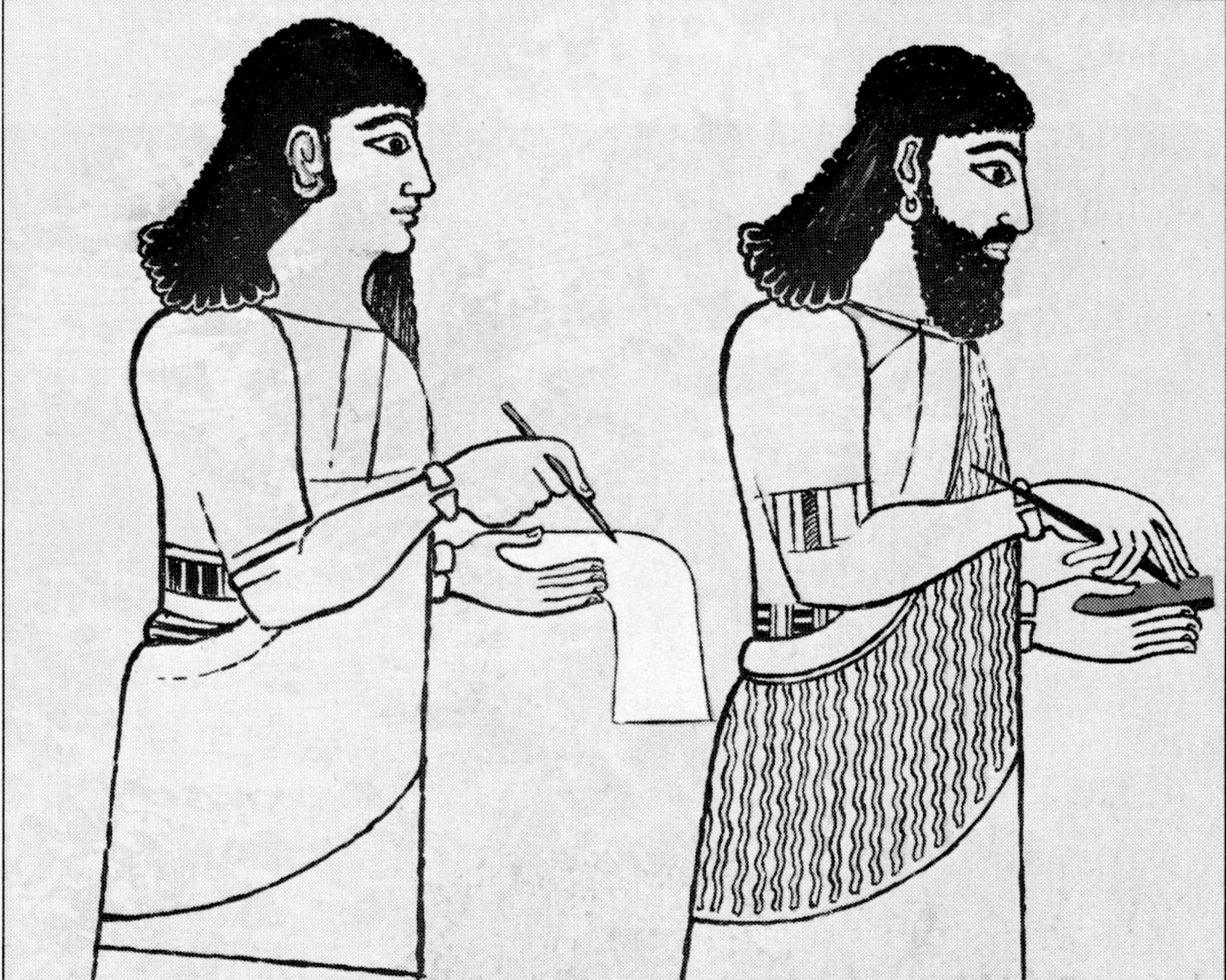
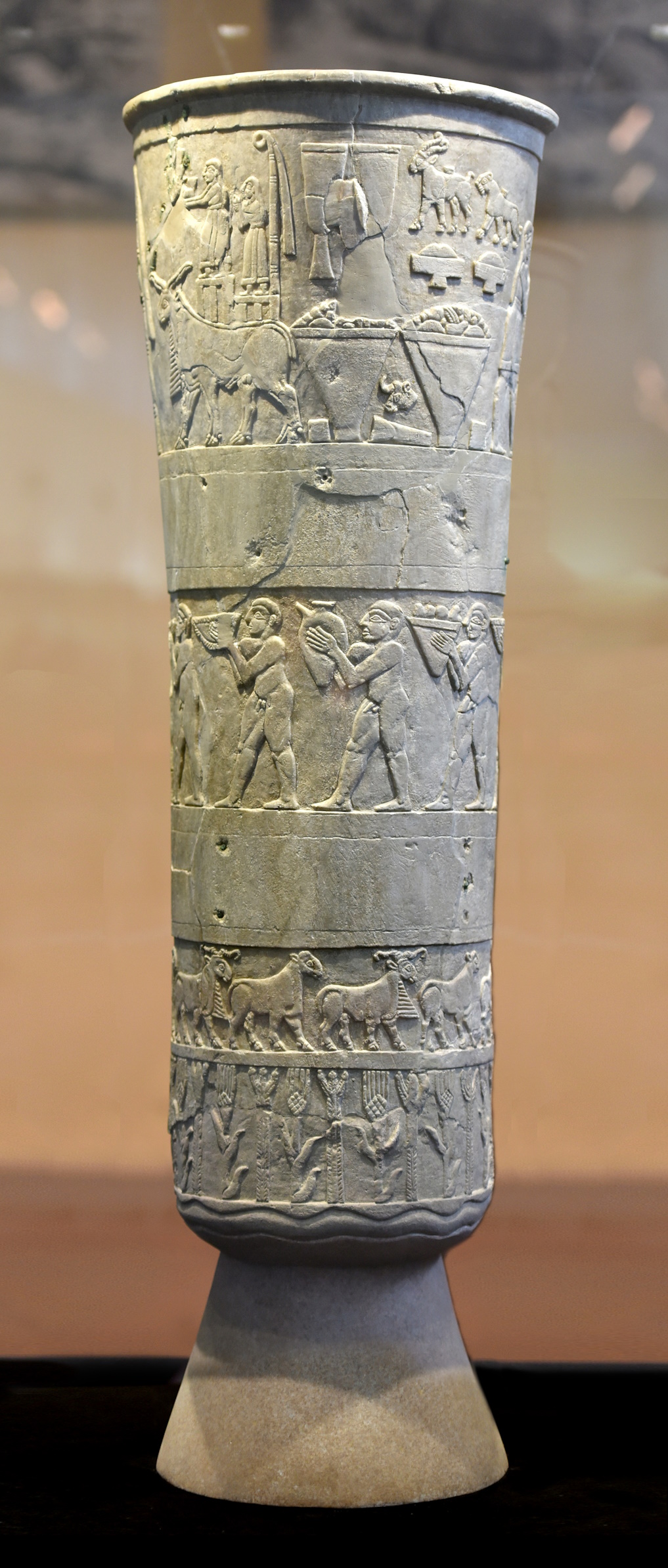
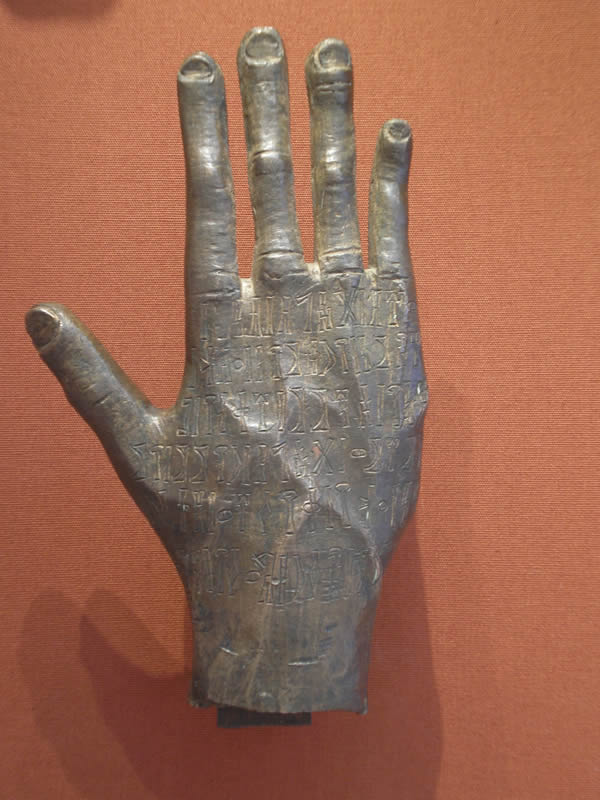
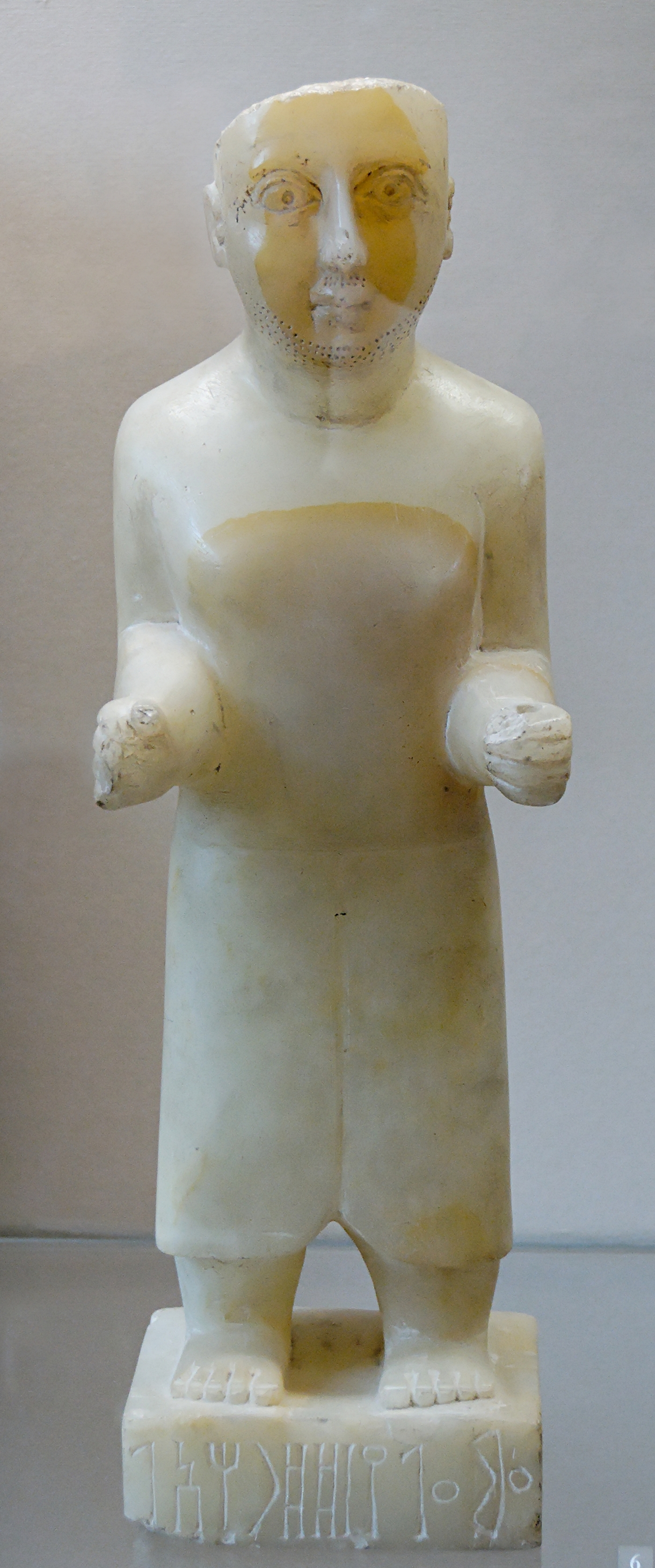
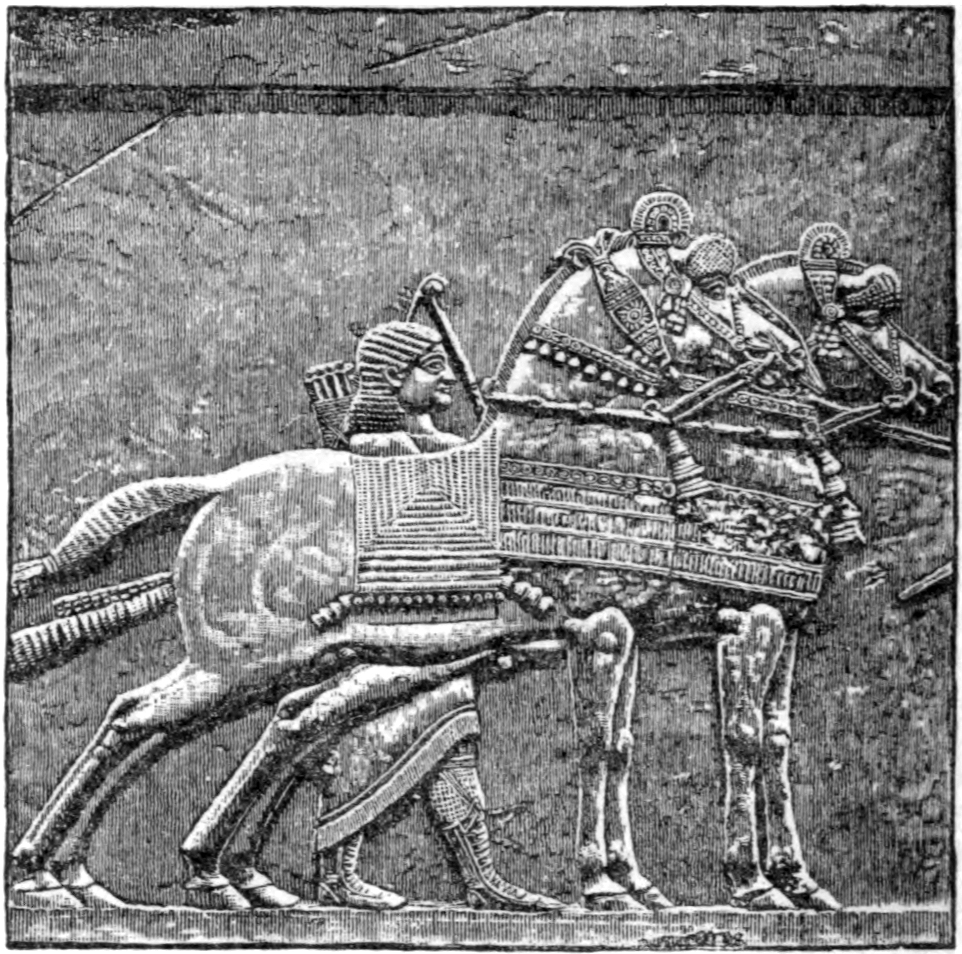
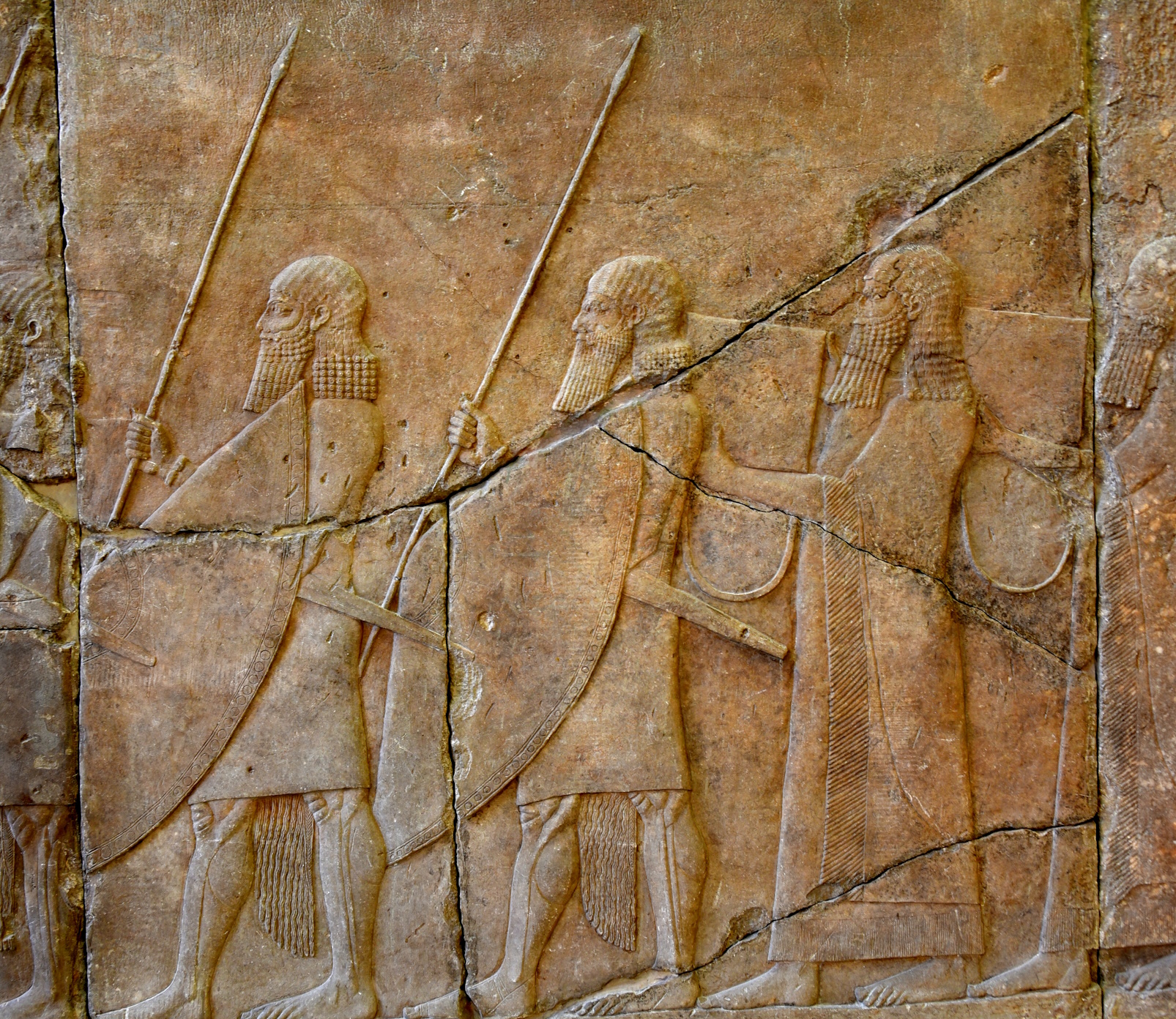
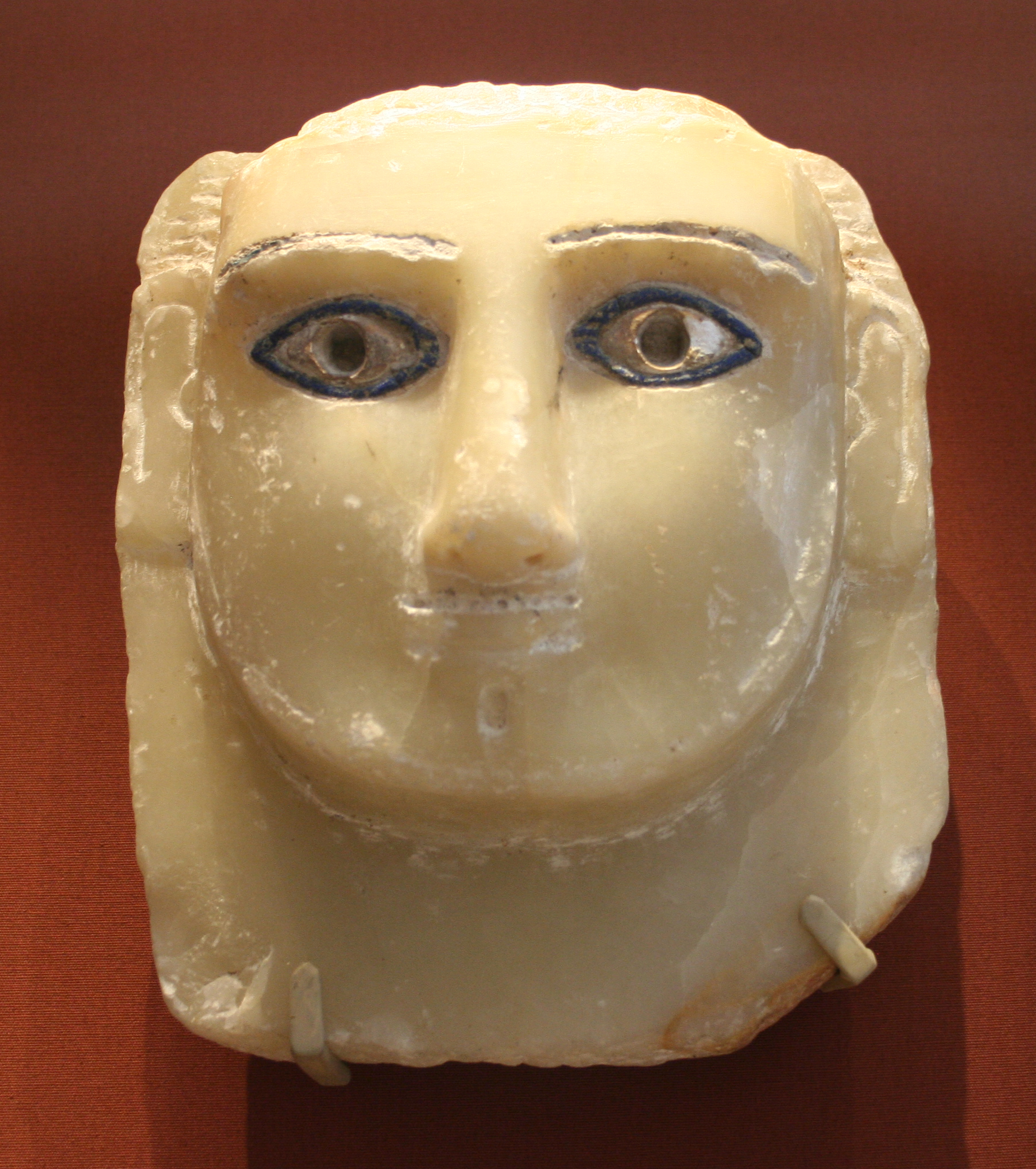








Comments